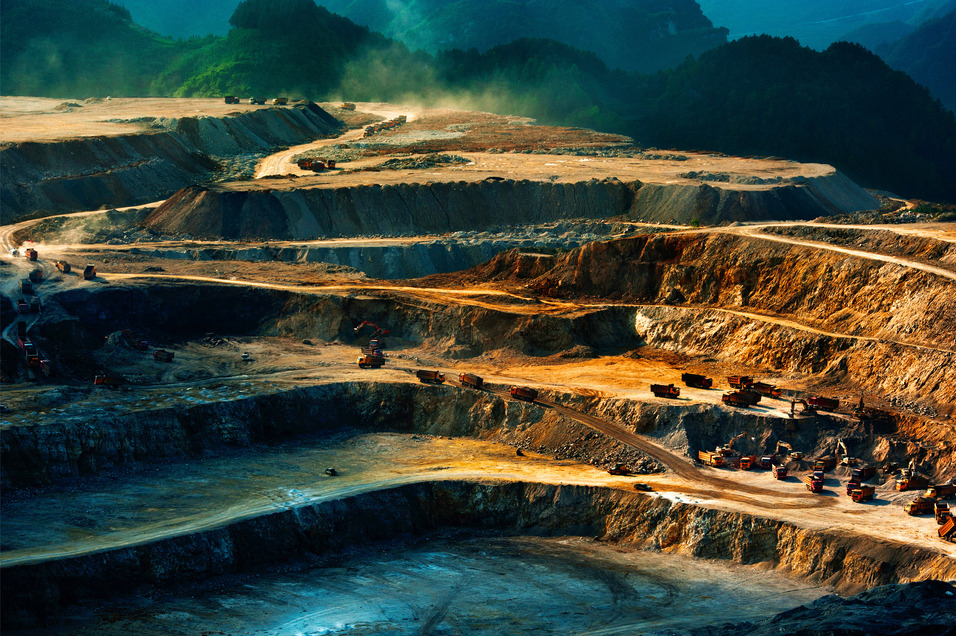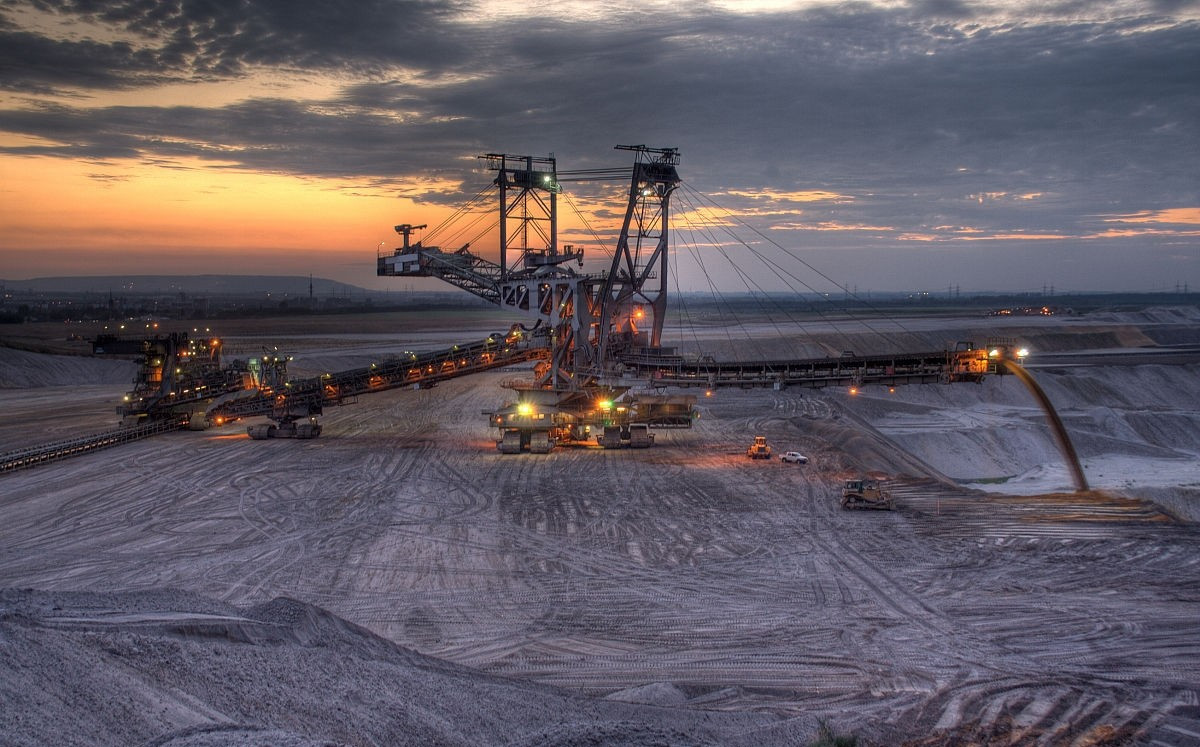
Sustainability in Mining: a Damned Obligation or a Tremendous Opportunity

The fair way to supply the world’s growing population with mineral raw
materials is the largest challenge of the future faced by society as a whole.
Tremendous commercial potential is linked, for better or worse, to efficient
sustainability.
Very few issues are being discussed so intensively by the industry as
sustainability. This is particularly the case in mining. From a global
perspective, there is hardly another industry to which greater importance is
attached. A process of exploiting the world’s national resources while ignoring
their limited availability is now considered to be a dead end. The time has now
come to recognize realities and to invest globally. Turning the challenges of
sustainable trade into opportunities and seizing them commercially are two of
the biggest tasks we face today.
Sustainability: Observe regional
differences
All areas of mining are equally affected, even if priorities will
naturally vary by regions in the world. In the comparatively heavily populated
areas of Western and Central Europe, production of raw materials begins to
compete for space with such areas as agriculture from the very start: the
planning stage. Available space is rare. For this reason, sustainable actions
also involve the meticulous restoration of mining areas. Practices that have
been a standard operating procedure in well-organized industrial countries
remain a developmental area in other parts of the world. In such places, the
challenge of sustainability involves much more than simply minimizing the use
of energy and resources. A key priority is to utilize alternative and
environmentally friendly energies and new technologies to produce raw
materials. Sustainable action begins with a social-cultural component: The
certification of raw-material production and traceability along the supply chains
of mineral raw materials has a positive effect on the development and
implementation of international requirements.
Worldwide
technology transfer
The industry cannot shut itself off from such developments and has no
plans to do so—a global sharing of experiences and technologies becomes that
much more important as a result. Initial pioneering work appears to be
promising: Post-mining creates complex approaches to follow-up uses, including
pump storage stations to produce energy in former mining shafts. Self-developed
methods are turning formerly exhausted slag heaps into commercially interesting
storage sites. Bioleaching can be used to extract certain ores by employing
special micro-organisms. New processes and procedures are needed everywhere.
Germany and other technology leaders can act as role models here. Their
worldwide expertise must be complemented by technology and knowledge exports.
Intelligently interpreted, this is the opportunity of the 21st century for the
mining industry. On its home page, the German Institute for Geosciences and
Natural Resources lists a number of national and international projects related
to mining and sustainability.
Mining:
Think big—act globally
The dimensions are increasingly opening up, and no superlative can
describe the situation better than Stefan Rummel, the Managing Director of
Messe München: “A new era lies ahead of us. An era filled with many complex
issues related to artificial intelligence, autonomous driving, sustainability,
recycling and much more.”
In its role as a globally leading information platform, bauma in Munich
always strives to be something more than a machine show. The sustainability
effort has also reached this segment. A solution that has long been used as a
sustainable alternative for totally refurbished EM tire molds is now being used
for construction machinery as well. A number of manufacturers offer
factory-owned processing programs for large vehicles, particularly the
industry’s heavyweights. This process, which is known as rebuild or
remanufacturing, produces a complete second life with plant warranty for dump
trucks, excavators and wheel loaders. Sustainability is frequently found in the
details of products and technologies.

 Home
Home
 Categories
Categories
 Discover
Discover
 My Machmall
My Machmall